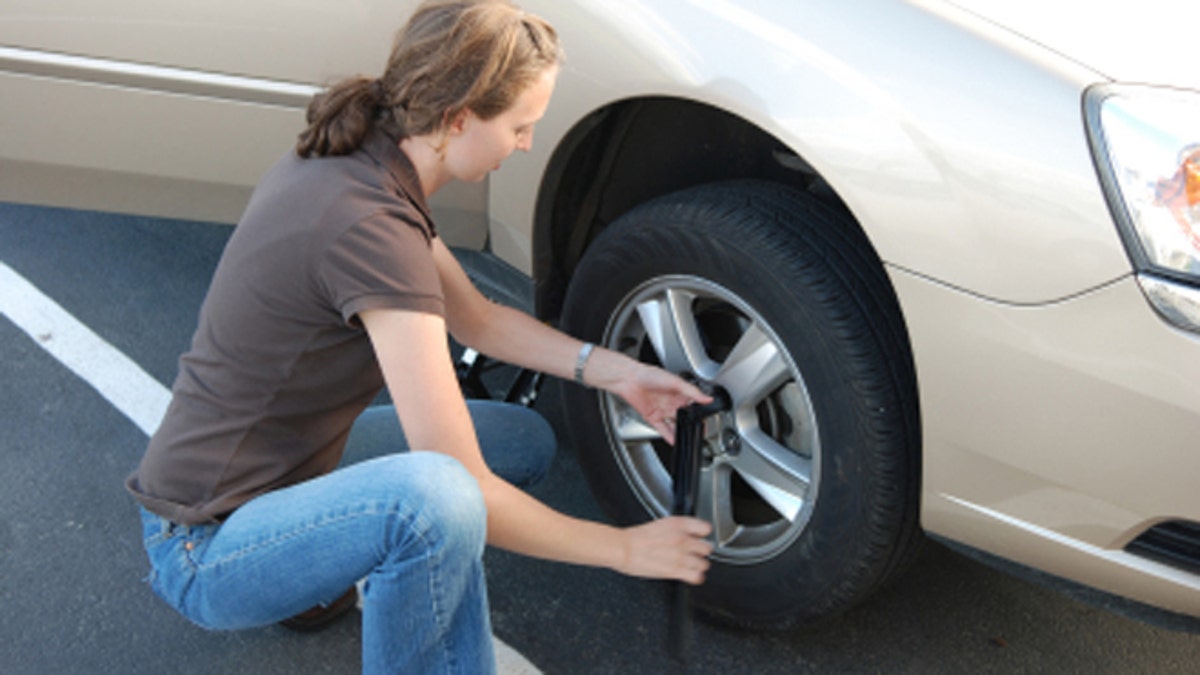
Unfortunately, getting stranded with a flat tire is a common dilemma that drivers sometimes face, yet many drivers are completely unequipped to deal with the situation. Changing a flat tire is a simple, essential skill that can get you out of some sticky situations. Here are five steps to help you fix a flat tire.
Required tools
“One of the most difficult challenges when getting a flat tire is the panic and confusion that immediately strikes when the tire fails,” explained John Berkhoel, education manager at Universal Technical Institute in Sacramento, Calif. That’s why it’s so important to prepare in advance, he says, by knowing where your car’s jack, tire iron and spare tire are located. In order to deal with a flat tire yourself, these basic tools are absolute necessities. If possible, you might also use a wheel lock, alignment studs and extension bars, though these are not mandatory.
Most car models store a spare tire in the trunk of the car, though you need to be sure that you replace it with a fresh one once it’s been removed. Before you proceed with the tire change, John explains, “Read the owner’s manual to determine the proper place to position the jack so that you will not damage the car in the process of lifting it.”
Find a safe spot
A blowout often occurs in the most inopportune places, but it’s crucial to stay safe when changing a flat tire. Wherever you detect a flat, you’ll need to pull over in a safe spot on the side of the road. Of course, it’s never desirable to drive with a flat tire, but in some situations it may be necessary to continue until you’ve found an ideal place to stop. Once, you’ve found somewhere safe, remember to switch your car’s hazard lights on to warn passing drivers.
Remove the old tire
To remove the problem tire, you’ll need to use your car jack. The two most common forms of portable car jacks are scissor jacks and bottle jacks. Place your jack underneath the car’s metal seam in the corner closest to the flat tire and use it to support, but not lift the car. Next, you’ll need to pry the hub cap off and use a lug wrench to loosen the bolts affixing the tire to the vehicle. You can then use the jack to lift the car completely off the ground and completely remove the nuts and the wheel.
Replace with a new tire
Once the tire has been removed, you’ll need to replace it with a spare one. To do this correctly, align the tire perfectly with the hub and replace the lug nuts. Using the wrench, tighten the nuts as much as possible and slowly lower the car back down. Keeping the car partially supported, use the wrench to tighten the nuts one last time before removing the jack completely. Remember to take the flat tire to a mechanic at the next available opportunity to get it repaired.